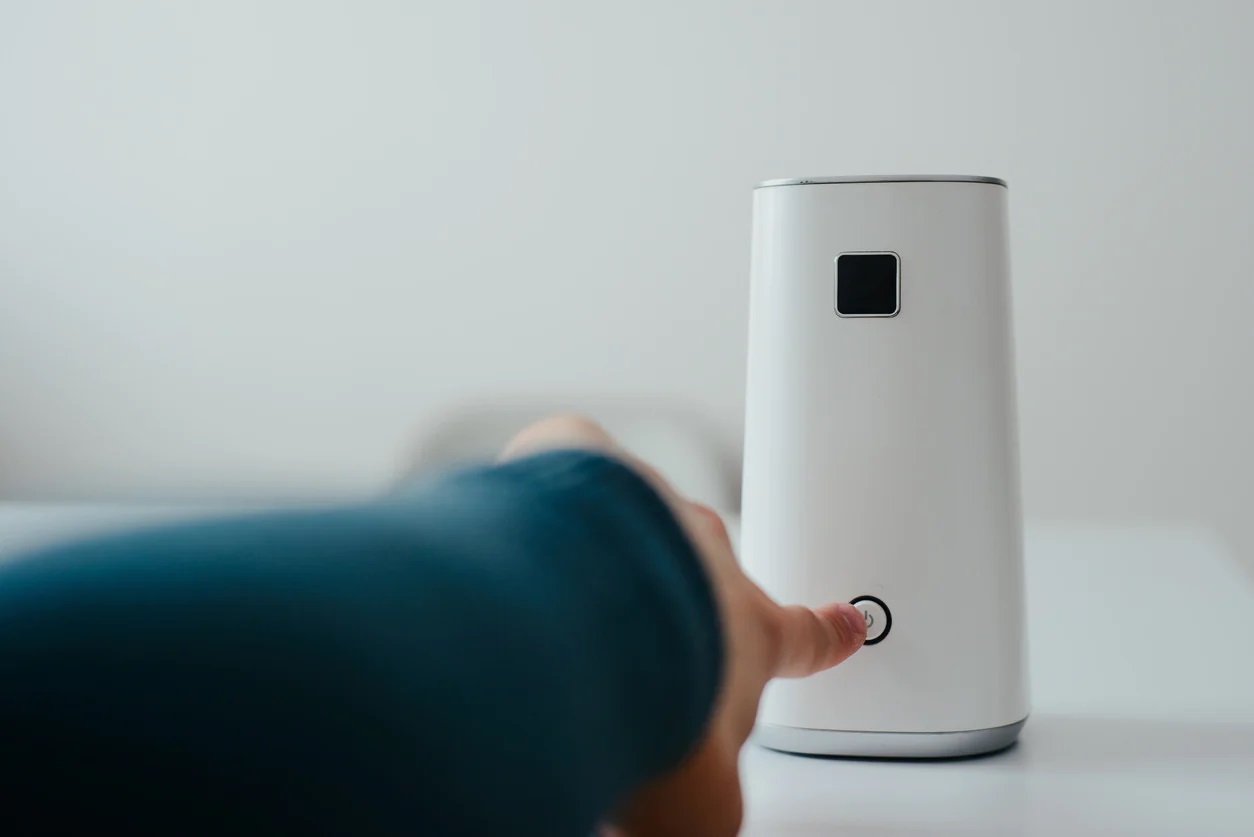

Articles
What Is An Ionizer Air Purifier
Modified: January 19, 2024
Discover the benefits of using an ionizer air purifier to improve indoor air quality. Read our informative articles on how ionizers work and their effectiveness.
(Many of the links in this article redirect to a specific reviewed product. Your purchase of these products through affiliate links helps to generate commission for Storables.com, at no extra cost. Learn more)
Introduction
Indoor air quality is an important aspect of a healthy living environment, and with increasing concerns about pollutants and allergens, many people are turning to air purifiers to improve the air they breathe. One popular type of air purifier is the ionizer air purifier.
An ionizer air purifier is designed to eliminate airborne contaminants by emitting negatively charged ions into the air. These ions attach to positively charged particles, such as dust, allergens, and bacteria, causing them to become heavy and fall to the ground or stick to surfaces, effectively removing them from the air you breathe. But how does an ionizer air purifier work, and what are its benefits and drawbacks? Let’s explore.
Key Takeaways:
- Ionizer air purifiers emit negatively charged ions to neutralize and remove airborne particles, offering benefits such as fine particle removal, quiet operation, and low maintenance. Consider room size and additional filtration when choosing a purifier.
- While ionizer air purifiers have drawbacks like limited particle capture and potential ozone emission, understanding their technology and maintenance needs can help optimize their effectiveness. Consider factors such as room size, noise level, and energy efficiency when selecting a purifier.
Read also: 11 Best Ionizer Air Purifier For 2024
How Does an Ionizer Air Purifier Work?
An ionizer air purifier works by emitting negatively charged ions into the air. These ions attach to airborne particles, which have a positive charge, neutralizing them and causing them to be attracted to surfaces or settle out of the air. This process is known as ionization.
Ionizers use a series of metal plates, typically made of aluminum or stainless steel, within the purifier that are charged with an electrical current. When the current flows through the plates, it produces a stream of negatively charged ions that are released into the air.
As the ions disperse, they come into contact with pollutants such as dust, pollen, pet dander, and mold spores. The negatively charged ions attach themselves to these pollutants, effectively neutralizing their positive charge. Once neutralized, the particles become heavier and are unable to remain airborne. They either fall to the ground where they can be vacuumed up or stick to nearby surfaces, thereby removing them from the air you breathe.
It’s important to note that ionizers do not remove particles from the air like mechanical air filters. Instead, they alter the charge of the particles, making them easier to remove through other means, such as cleaning or vacuuming. Some ionizer air purifiers may also incorporate a mechanical pre-filter or electrostatic collector plate to capture larger particles before the ionization process.
Overall, the process of ionization can help to reduce airborne pollutants and improve the air quality in your home or office. However, it’s important to consider the limitations and potential drawbacks of using an ionizer air purifier, which we will explore next.
Benefits of Using an Ionizer Air Purifier
Ionizer air purifiers offer several benefits that make them a popular choice among individuals looking to improve indoor air quality. Here are some of the advantages of using an ionizer air purifier:
- Removal of Fine Particles: One of the main benefits of ionizer air purifiers is their ability to effectively remove fine particles from the air. This includes dust, pollen, pet dander, mold spores, and other airborne allergens. By neutralizing these particles, the ionizer helps to reduce the risk of respiratory issues and allergic reactions.
- Ozone-Free Operation: Many ionizer air purifiers operate without producing ozone, a harmful gas that can contribute to respiratory problems. These ozone-free models are designed to emit only negative ions into the air, ensuring a safe and healthy indoor environment.
- Quiet Operation: Ionizer air purifiers are generally quieter compared to other types of air purifiers, such as those with mechanical fans. This makes them a suitable choice for individuals who are sensitive to noise or prefer a quiet environment while they sleep or work.
- Energy Efficiency: Since ionizer air purifiers do not require a mechanical fan to operate, they consume less energy compared to traditional air purifiers. This energy efficiency can help to reduce electricity costs and make them a more environmentally friendly option.
- Low Maintenance: Ionizer air purifiers typically have low maintenance requirements. They do not require regular filter replacements, although some models may include a washable pre-filter or collector plate that needs occasional cleaning. This can save you money and hassle in the long run.
- Compact and Portable: Ionizer air purifiers are often compact and lightweight, making them easy to move around your home or office. Their portability allows you to target specific areas where air quality may be a concern, such as bedrooms, living rooms, or home offices.
Overall, ionizer air purifiers offer an effective and convenient solution for improving indoor air quality, providing numerous benefits to individuals seeking cleaner and healthier air in their living spaces.
Drawbacks of Using an Ionizer Air Purifier
While ionizer air purifiers have many benefits, it’s important to consider their drawbacks before making a purchase decision. Here are some of the potential drawbacks of using an ionizer air purifier:
- Limited Particle Capture: Unlike mechanical air filters, ionizer air purifiers do not physically trap and remove particles from the air. Instead, they rely on the particles becoming heavy and falling out of the air or sticking to surfaces. This means that they may be less effective at capturing larger particles or contaminants that are not easily charged by ions.
- No Odor Removal: Ionizer air purifiers focus primarily on neutralizing airborne particles and may not be as effective at removing odors. While some models may claim to reduce odors, such as those from pets or cooking, the results may vary, and a dedicated carbon or activated charcoal filter may be more effective in eliminating odors.
- Maintenance and Cleaning: While ionizer air purifiers generally require less maintenance than filter-based air purifiers, they still require periodic cleaning. This involves cleaning the collector plates or pre-filters to remove accumulated particles. Neglecting regular cleaning can hinder the effectiveness of the purifier and potentially lead to reduced air quality.
- Potential Ozone Emission: While many modern ionizer air purifiers are designed to be ozone-free, some older models or lower-quality units may emit small amounts of ozone as a byproduct of the ionization process. Ozone can irritate the respiratory system and may be problematic for individuals with asthma or other respiratory conditions.
- Less Effective in Larger Spaces: Ionizer air purifiers are generally more effective in smaller rooms where the ionized particles have a better chance of settling. In larger open spaces, the dispersion of ions may be more challenging, and the effectiveness of the purifier may be reduced.
It’s important to carefully consider these drawbacks in relation to your specific needs and preferences. If you have specific concerns, such as allergies, asthma, or the presence of strong odors, you may want to explore other types of air purifiers or consider a combination of technologies to achieve the best results.
Understanding Ionizer Air Purifier Technologies
When it comes to ionizer air purifiers, there are different technologies and variations available on the market. Understanding these technologies can help you make an informed decision when choosing an ionizer air purifier. Here are some of the key technologies associated with ionizer air purifiers.
- Negative Ion Generation: This is the fundamental technology used in ionizer air purifiers. It involves the generation of negatively charged ions using an electrical current applied to metal plates. These ions are then released into the air, where they attach to airborne particles and neutralize their charge.
- Electrostatic Precipitator: Some ionizer air purifiers incorporate an electrostatic precipitator, which enhances the particle removal process. In this technology, the charged particles are attracted to oppositely charged plates or surfaces, where they adhere and are collected. This mechanism improves the efficiency of particle removal, especially for larger particles.
- Washable Collector Plates: Ionizer air purifiers with washable collector plates offer the convenience of easy maintenance. These collector plates capture charged particles and pollutants as they pass through the purifier. Over time, the plates may accumulate dirt and particles, but they can be easily removed and washed to restore their effectiveness.
- UV-C Light: Some ionizer air purifiers incorporate UV-C (ultraviolet-C) light technology. UV-C light is capable of deactivating the DNA of bacteria, viruses, and other microorganisms, rendering them unable to multiply and causing them to die. This additional technology can provide an extra layer of disinfection and help sanitize the air.
- Multiple Fan Speeds: Many ionizer air purifiers offer multiple fan speed settings, allowing you to adjust the airflow according to your needs. Lower fan speeds provide quieter operation, while higher speeds ensure more effective air circulation and filtration.
- Sensor Technology: Some advanced ionizer air purifiers come equipped with air quality sensors. These sensors monitor the level of pollutants in the air and adjust the operation of the purifier accordingly. This feature can help optimize purification performance and energy efficiency.
It’s important to review the specific technologies and features of different ionizer air purifier models to determine which one aligns with your air purification needs and preferences. Consider factors such as room size, noise level, additional filtration technologies, and convenience features to find the right ionizer air purifier for you.
When choosing an ionizer air purifier, look for one with a high CADR (Clean Air Delivery Rate) to ensure efficient and effective air purification.
Read more: What Is An Air Purifier
Factors to Consider When Choosing an Ionizer Air Purifier
When selecting an ionizer air purifier, there are several important factors to consider. These factors will help guide you in choosing the right purifier for your specific needs and preferences. Here are some key aspects to consider:
- Room Size: Consider the size of the room where you plan to use the air purifier. Different ionizer air purifiers are designed to handle different room sizes. It’s important to choose a purifier that is capable of effectively purifying the air in your specific room dimensions.
- Clean Air Delivery Rate (CADR): The CADR is a metric that indicates how efficiently an air purifier can remove pollutants from the air. It measures the volume of clean air that a purifier can deliver per minute. Look for a higher CADR, especially for the specific contaminants you are concerned about, such as dust or pollen.
- Additional Filtration: While ionizer air purifiers focus on ionization and particle capture, some models may also incorporate additional filtration technologies, such as a pre-filter or activated carbon filter. These filters can help capture larger particles and remove odors. Consider whether you have specific concerns, such as pet hair or strong odors, that may benefit from these additional filtration mechanisms.
- Noise Level: Take note of the noise level of the air purifier, especially if you plan to use it in a bedroom or office space. Look for models that offer lower noise levels for more comfortable and undisturbed operation.
- Energy Efficiency: Consider the energy efficiency of the ionizer air purifier. Look for models with the ENERGY STAR certification, as they have been tested and proven to meet strict energy efficiency standards. Energy-efficient purifiers can help reduce electricity costs and have a smaller environmental impact.
- Price and Maintenance Costs: Set a budget for your ionizer air purifier and consider ongoing maintenance costs. Keep in mind that some models may require periodic filter replacements or cleaning of collector plates. Factor in these costs to ensure the purifier remains effective in the long term.
- Brand Reputation and Customer Reviews: Research the reputation of the brand and read customer reviews before making a final decision. Look for reliable brands that have a good track record in producing quality air purifiers, and check what customers have to say about their experiences with the specific model you are considering.
By considering these factors, you can narrow down your options and find the best ionizer air purifier that meets your needs for cleaner and healthier indoor air.
Maintenance and Cleaning of Ionizer Air Purifiers
To ensure optimal performance and longevity of your ionizer air purifier, regular maintenance and cleaning are essential. Here are some important maintenance tasks to keep in mind:
- Clean the Collector Plates: If your ionizer air purifier uses collector plates, they will gradually accumulate dirt and particles over time. It’s crucial to clean these plates periodically to maintain their effectiveness. Follow the manufacturer’s instructions on how to remove and clean the plates, usually using mild soap and water. Rinse and dry the plates thoroughly before reinserting them into the purifier.
- Replace Disposable Filters (if applicable): Some ionizer air purifiers may incorporate disposable filters, such as pre-filters or carbon filters. These disposable filters have a lifespan and need to be replaced according to the manufacturer’s recommendations. Regularly check the filter’s condition and replace it when necessary to ensure efficient air purification.
- Clean the Exterior: Dust and dirt can accumulate on the exterior of the purifier, affecting its appearance and potentially hindering proper airflow. Use a soft cloth or brush to gently clean the exterior of the unit. Avoid using harsh chemicals or abrasive materials that could damage the surface of the purifier.
- Avoid Blocked Air Vents: Ensure that the air vents of the purifier are not blocked by objects such as furniture, curtains, or other obstructions. Blocked vents can impede the flow of air into the purifier, reducing its overall efficiency. Regularly check the surrounding area and keep it clear to maintain proper air circulation.
- Check for Ozone Emissions: If your ionizer air purifier produces ozone, it’s important to monitor the ozone levels to ensure they remain within safe thresholds. Use an ozone monitor or rely on manufacturer-provided information to verify the emission levels. If the purifier consistently exceeds safe ozone levels, consider replacing it with an ozone-free model.
- Follow Manufacturer’s Guidelines: Always refer to the manufacturer’s instructions and guidelines for maintenance and cleaning. Each ionizer air purifier may have specific recommendations and requirements that need to be followed to ensure optimal performance and to maintain warranty coverage.
By regularly performing these maintenance tasks, you can keep your ionizer air purifier in top condition and ensure that it continues to effectively purify the air in your space. Remember, proper maintenance not only enhances the performance of the purifier but also contributes to long-term durability and efficient operation.
Common Misconceptions About Ionizer Air Purifiers
There are several misconceptions surrounding ionizer air purifiers that can lead to misunderstandings about their effectiveness and functionality. Here, we debunk some of the most common misconceptions:
- Ionizers solely rely on ionization: One common misconception is that ionizer air purifiers solely rely on ionization to remove particles from the air. While ionization is a key mechanism, many modern ionizer air purifiers also incorporate additional filtration technologies, such as pre-filters or electrostatic precipitators, to enhance particle capture and purification efficiency.
- Ionizers produce harmful levels of ozone: Another misconception is that all ionizer air purifiers emit harmful levels of ozone. While it is true that some older models or low-quality units may produce ozone as a byproduct, many modern ionizer air purifiers are designed to be ozone-free or emit negligible amounts of ozone that are within safe limits. It is crucial to look for ozone-free or low ozone emission certifications when choosing an ionizer air purifier.
- Ionizers remove all types of indoor pollutants: Ionizer air purifiers are effective in reducing certain types of airborne pollutants, such as dust, pollen, and pet dander. However, they may be less effective at removing volatile organic compounds (VOCs), gases, or odors. For comprehensive air purification, it may be necessary to consider a combination of filtration technologies, including activated carbon filters, to address these specific pollutants.
- Ionizers have the same cleaning power as mechanical air filters: While ionizer air purifiers can effectively remove particles from the air, they have limitations compared to mechanical air filters. Mechanical filters physically trap and remove particles, while ionizers alter the charge of particles, making them easier to remove through other means, such as cleaning or vacuuming. If you are primarily concerned with capturing larger particles or have specific sensitivities, a mechanical air filter may be more suitable.
- Ionizers eliminate airborne viruses and bacteria: While ionizer air purifiers can help reduce the concentration of airborne viruses and bacteria, they cannot fully eliminate them. Some ionizer models may incorporate UV-C light technology to further assist in killing bacteria and viruses. However, it is essential to understand that ionizers alone do not provide a foolproof solution for eliminating all pathogens in the air.
It’s important to have a clear understanding of the capabilities and limitations of ionizer air purifiers. Remember that the effectiveness of an air purifier can vary depending on the specific model, room size, and the types of pollutants being targeted. Conduct thorough research, read product reviews, and consult with experts to ensure you make an informed decision about the best air purifier for your needs.
Conclusion
Ionizer air purifiers offer a unique and effective approach to improving indoor air quality. By emitting negatively charged ions into the air, these purifiers can neutralize and remove airborne particles, such as dust, allergens, and bacteria. While they have their benefits, it’s crucial to consider the drawbacks and understand their limitations.
When choosing an ionizer air purifier, factors such as room size, clean air delivery rate, additional filtration technologies, noise level, energy efficiency, and maintenance costs should be considered. It’s also important to select a reputable brand and read customer reviews to ensure you make a wise investment.
Regular maintenance and cleaning are essential to keep your ionizer air purifier operating effectively. Cleaning the collector plates, replacing disposable filters, keeping the exterior clean, and avoiding blocked air vents are necessary tasks to optimize performance. Following the manufacturer’s guidelines and monitoring ozone emissions, if applicable, will also contribute to a successful maintenance routine.
It’s important to debunk common misconceptions about ionizer air purifiers, such as the assumption that they solely rely on ionization or produce harmful levels of ozone. Understanding the capabilities and limitations of these purifiers will help you set realistic expectations and choose the right purifier for your specific needs.
In conclusion, ionizer air purifiers can be an effective solution for improving indoor air quality. By understanding their technology, considering important factors in the selection process, and properly maintaining the purifier, you can enjoy cleaner and healthier air in your living or working space. Remember, no single air purifier can address all air quality concerns, so it may be beneficial to explore other complementary technologies or consult with professionals if you have specific requirements.
Frequently Asked Questions about What Is An Ionizer Air Purifier
Was this page helpful?
At Storables.com, we guarantee accurate and reliable information. Our content, validated by Expert Board Contributors, is crafted following stringent Editorial Policies. We're committed to providing you with well-researched, expert-backed insights for all your informational needs.
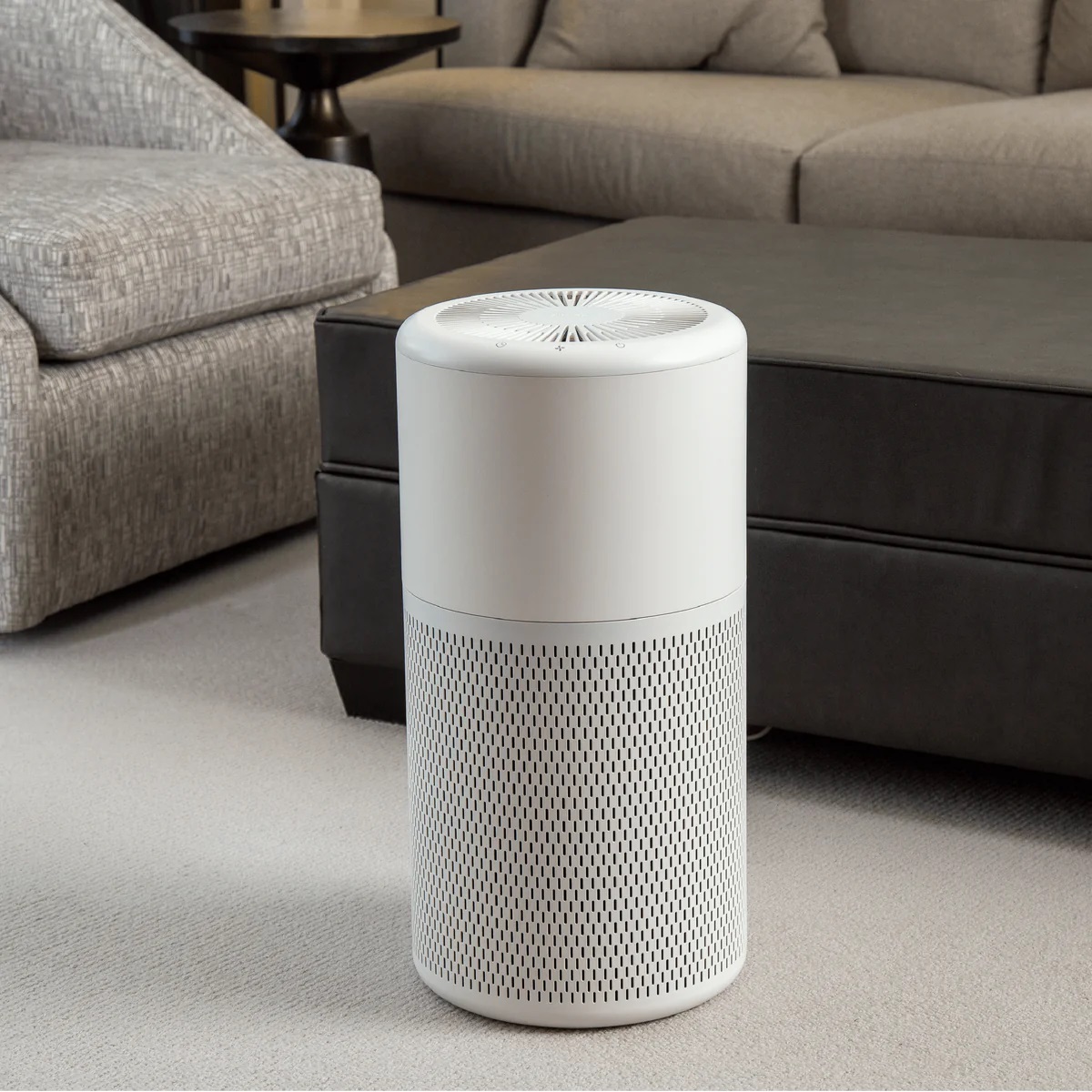
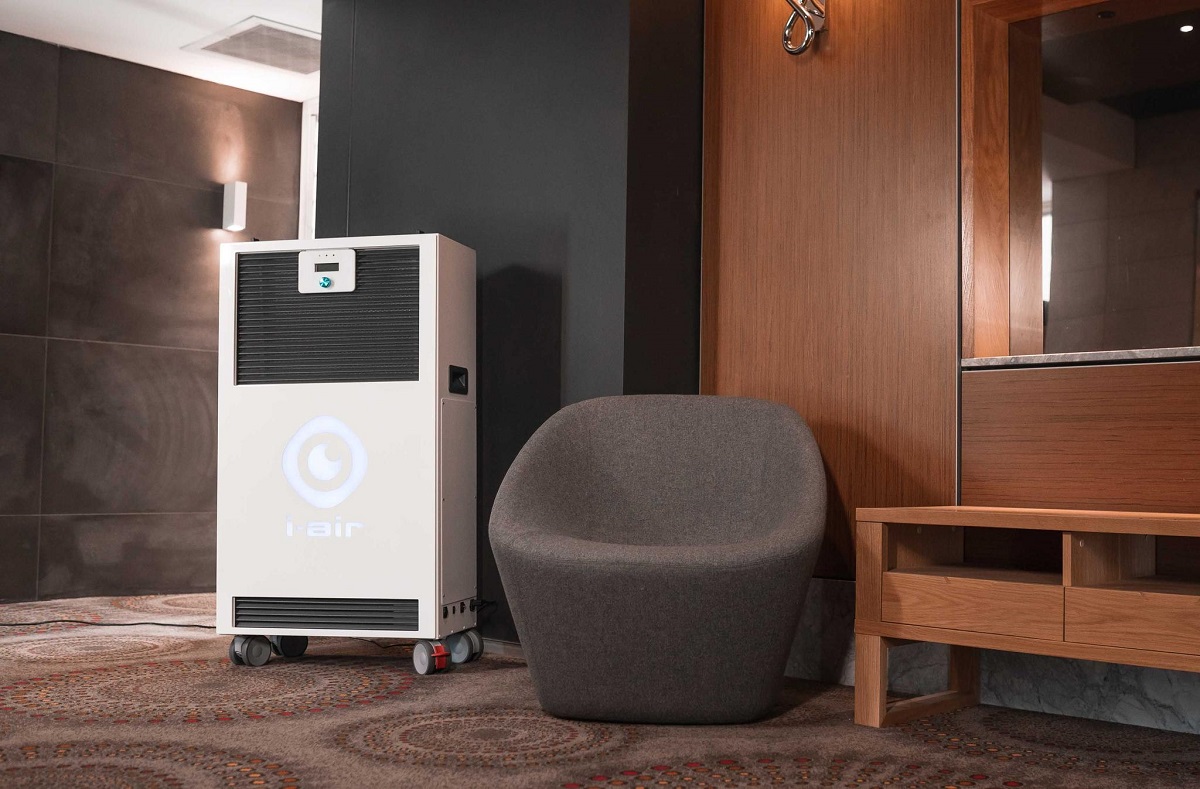
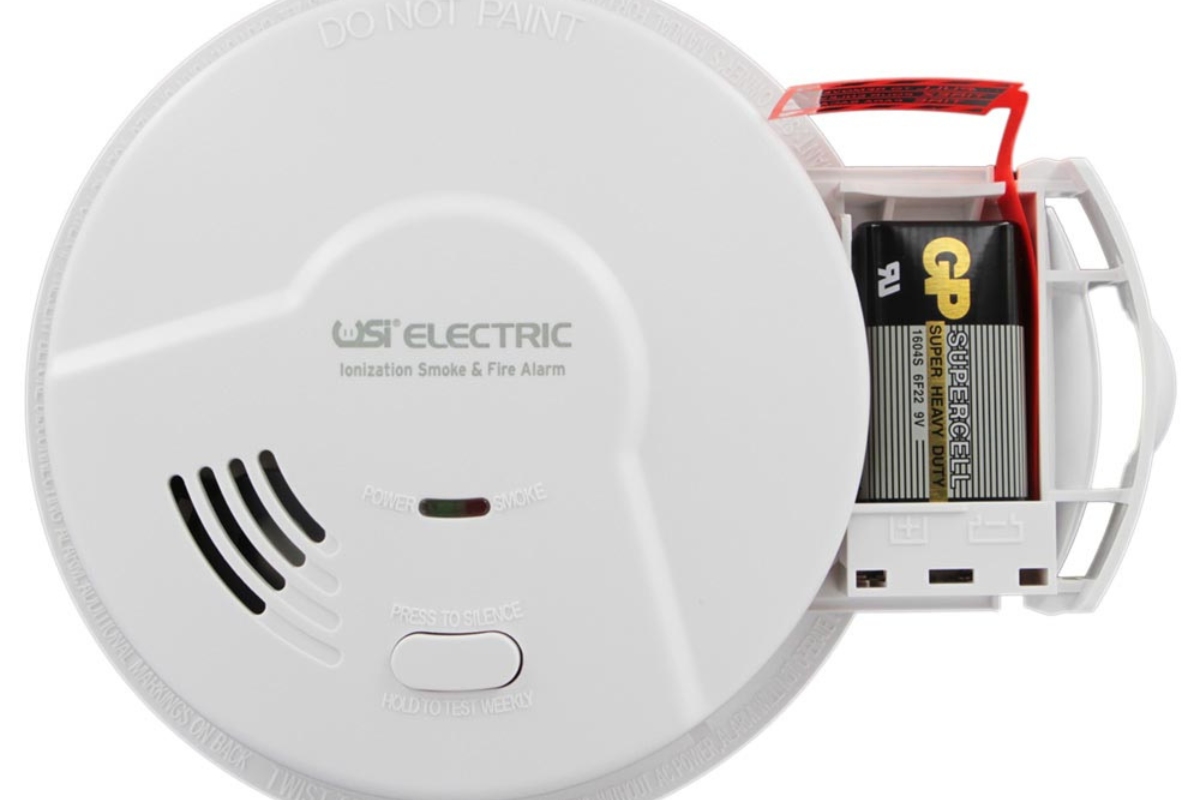
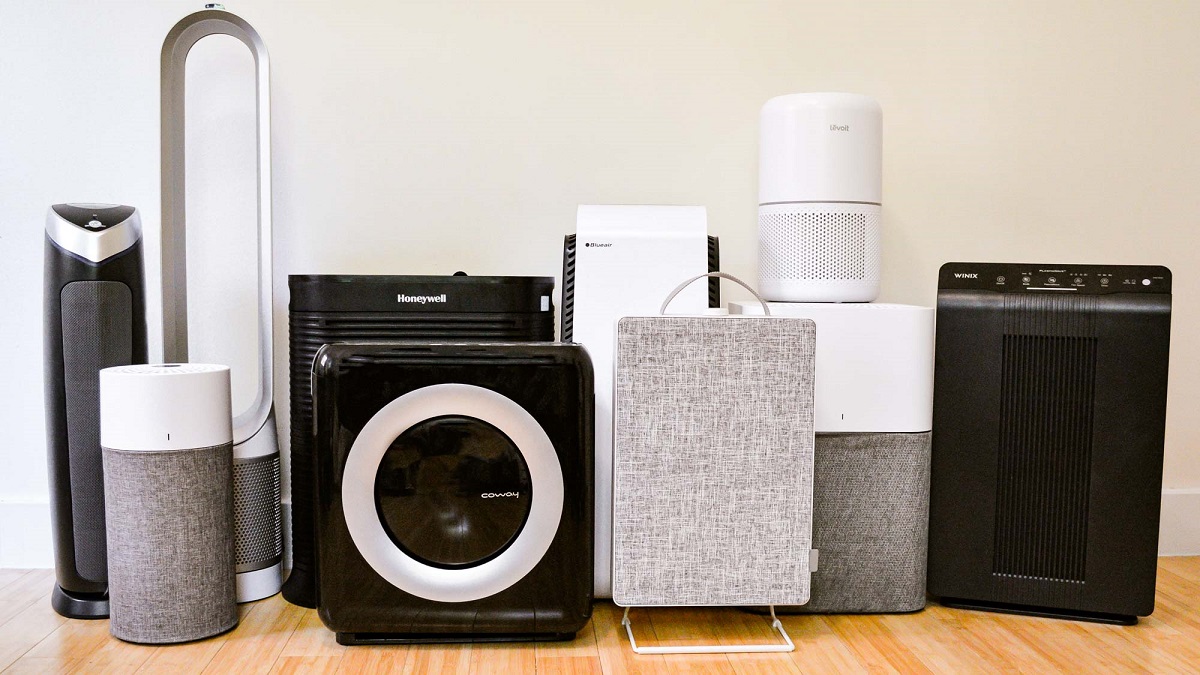
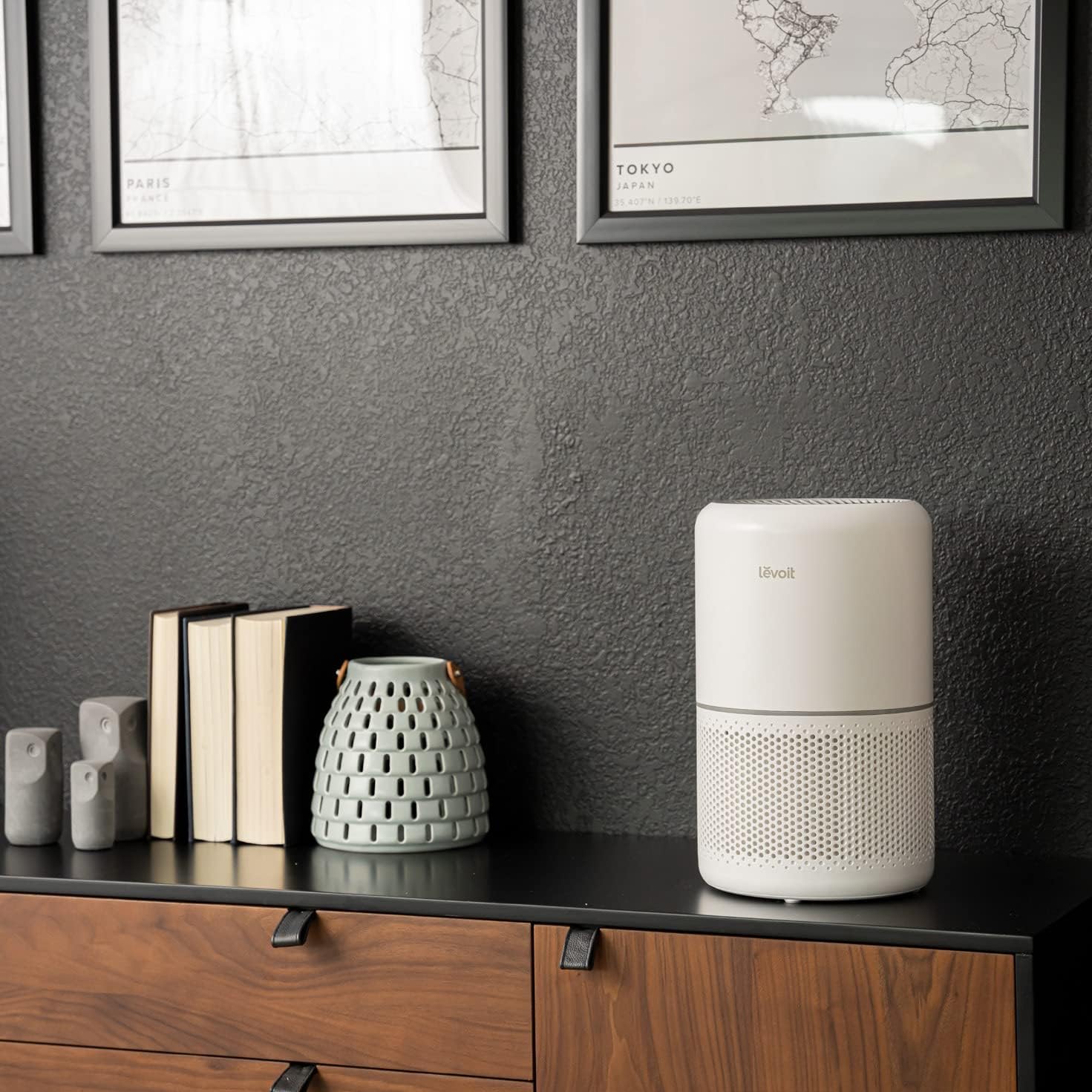

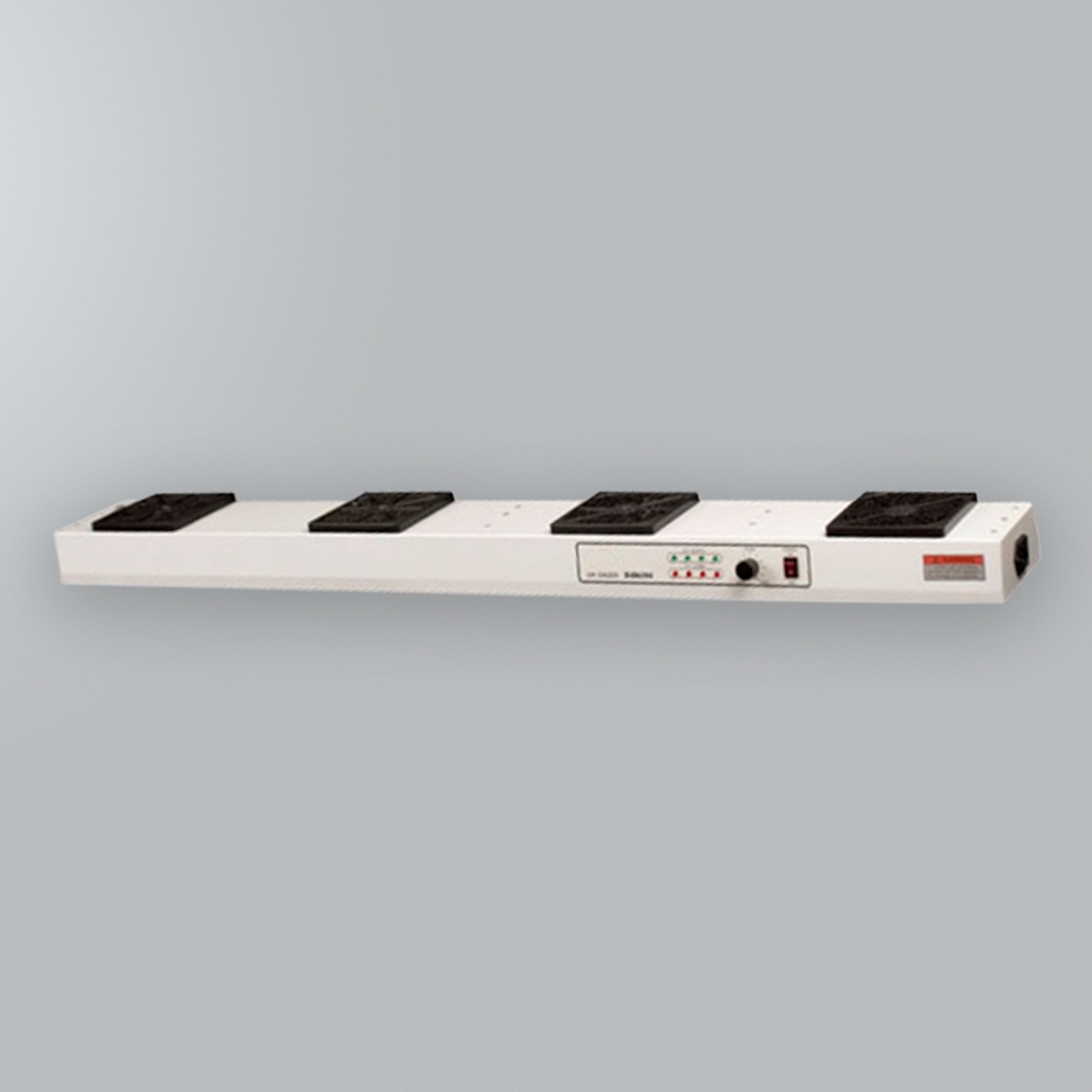
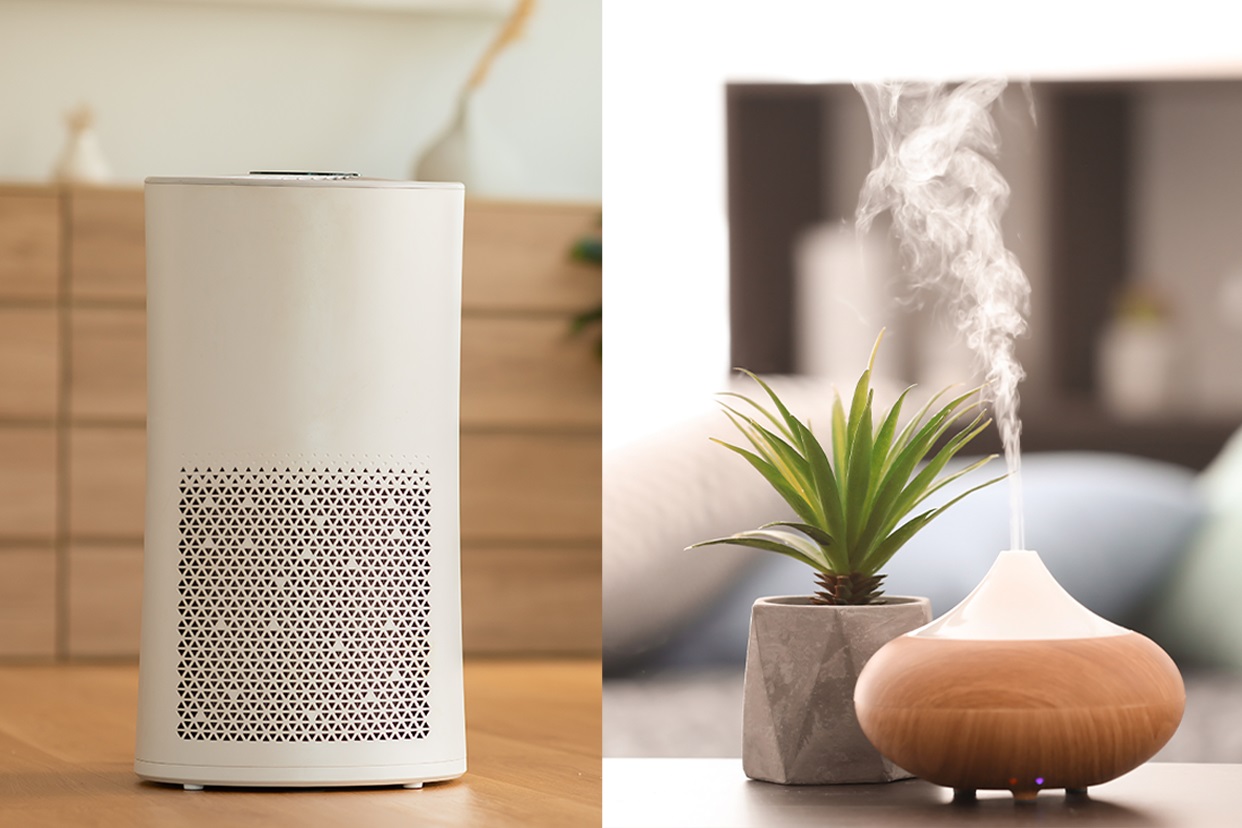
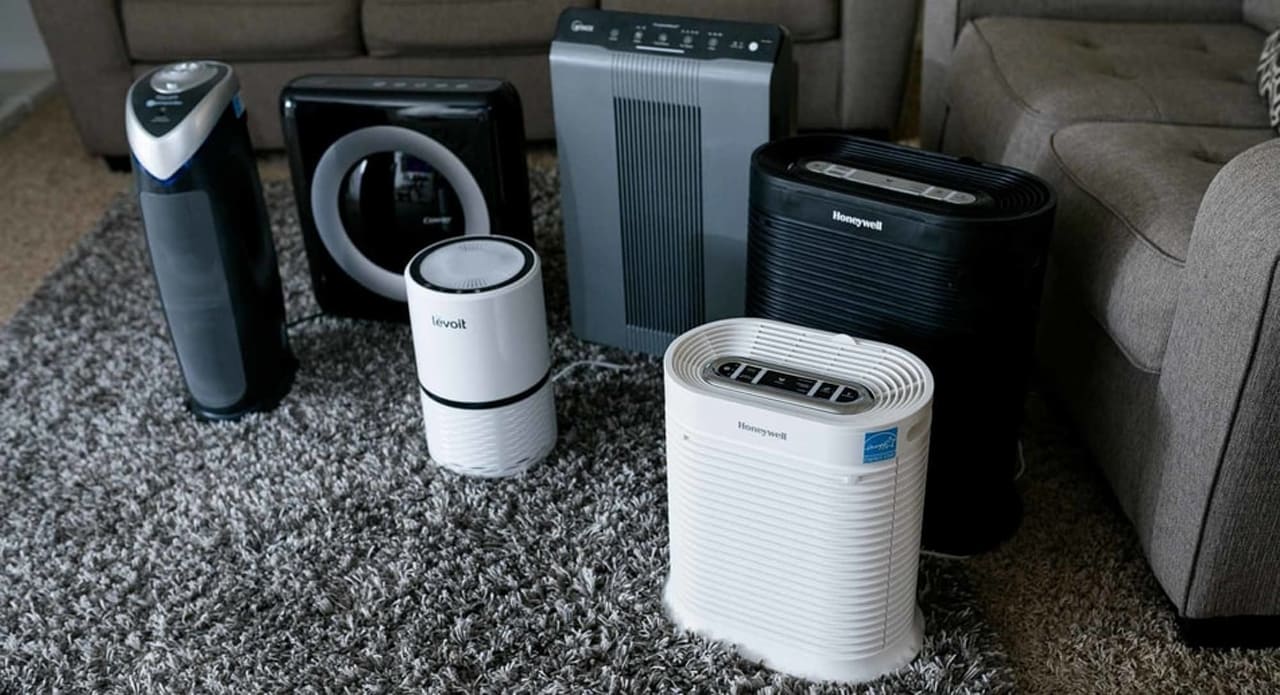
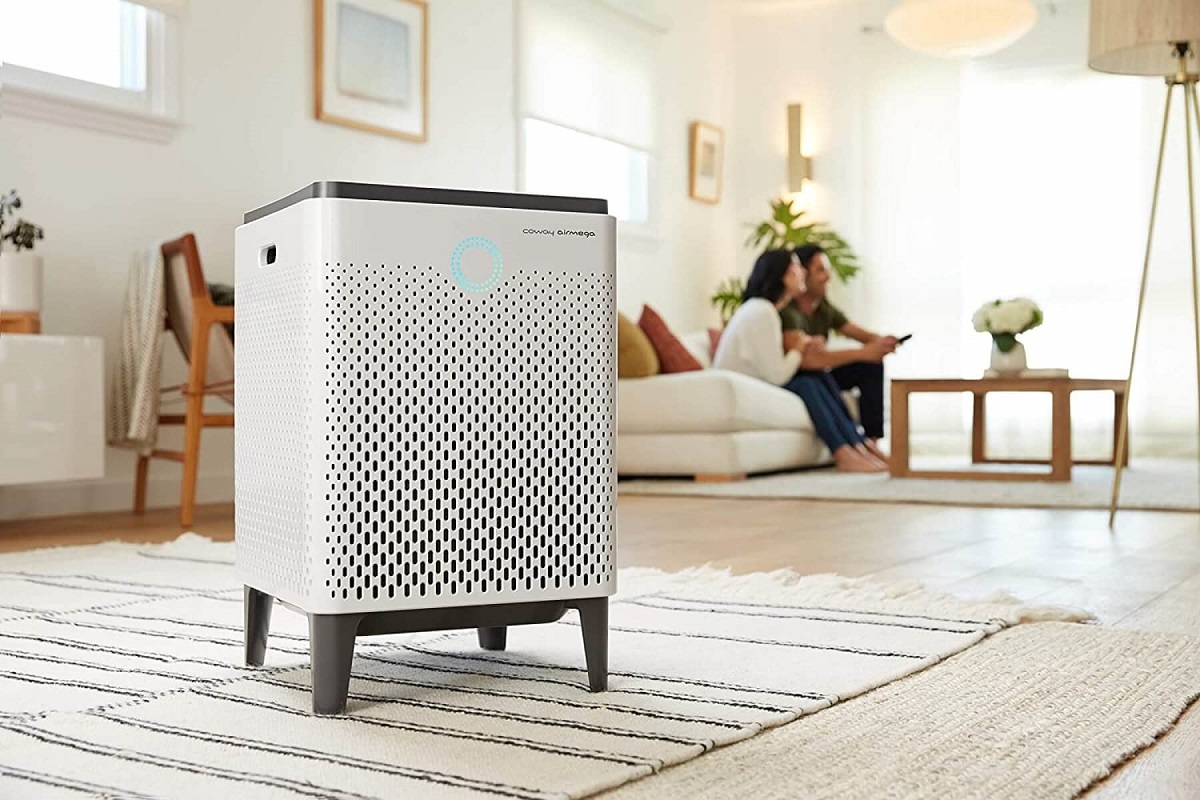
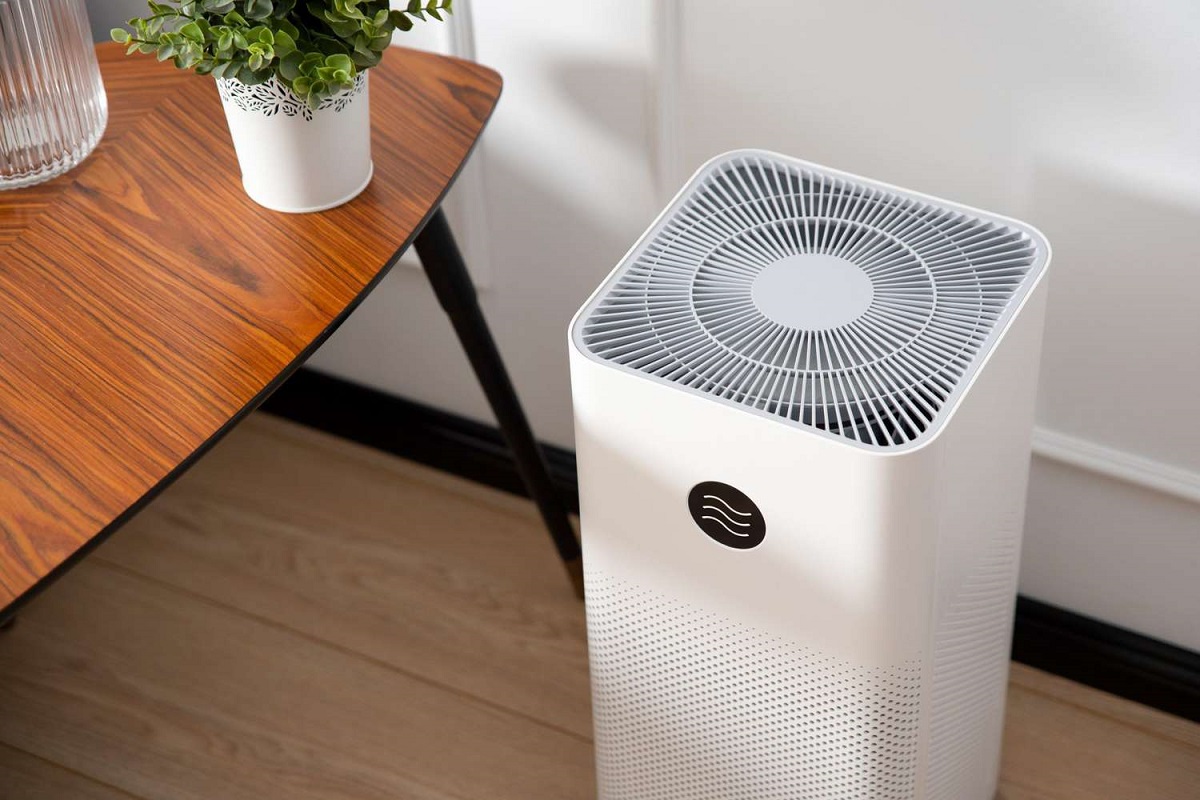
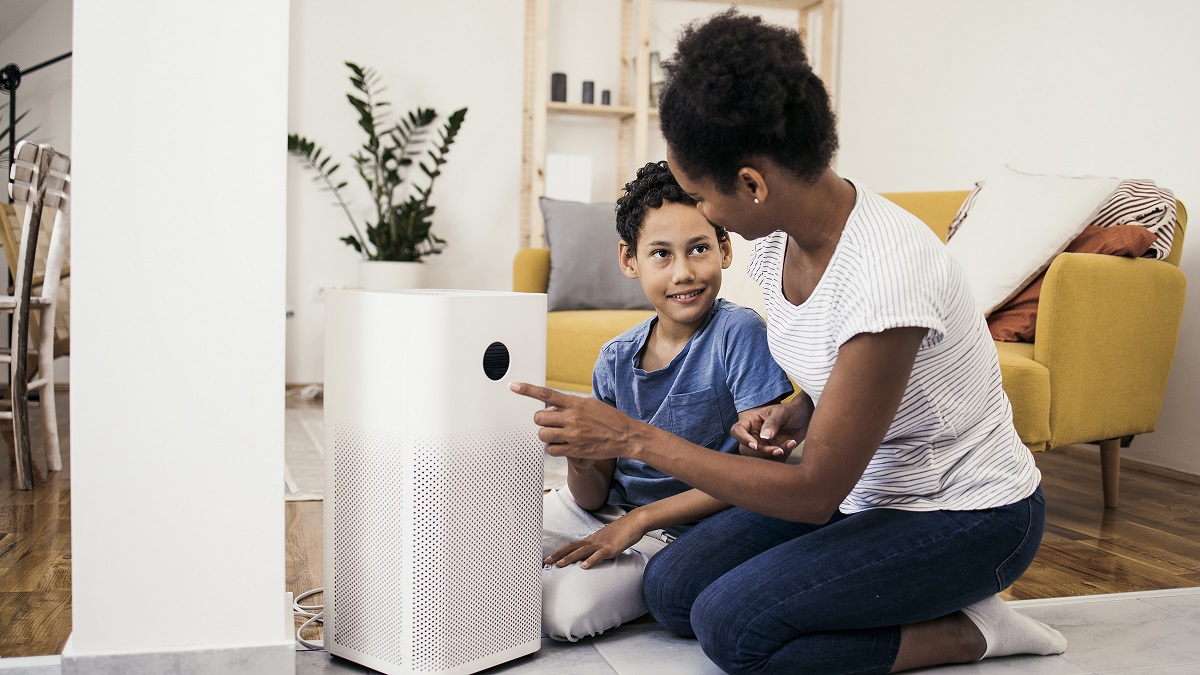
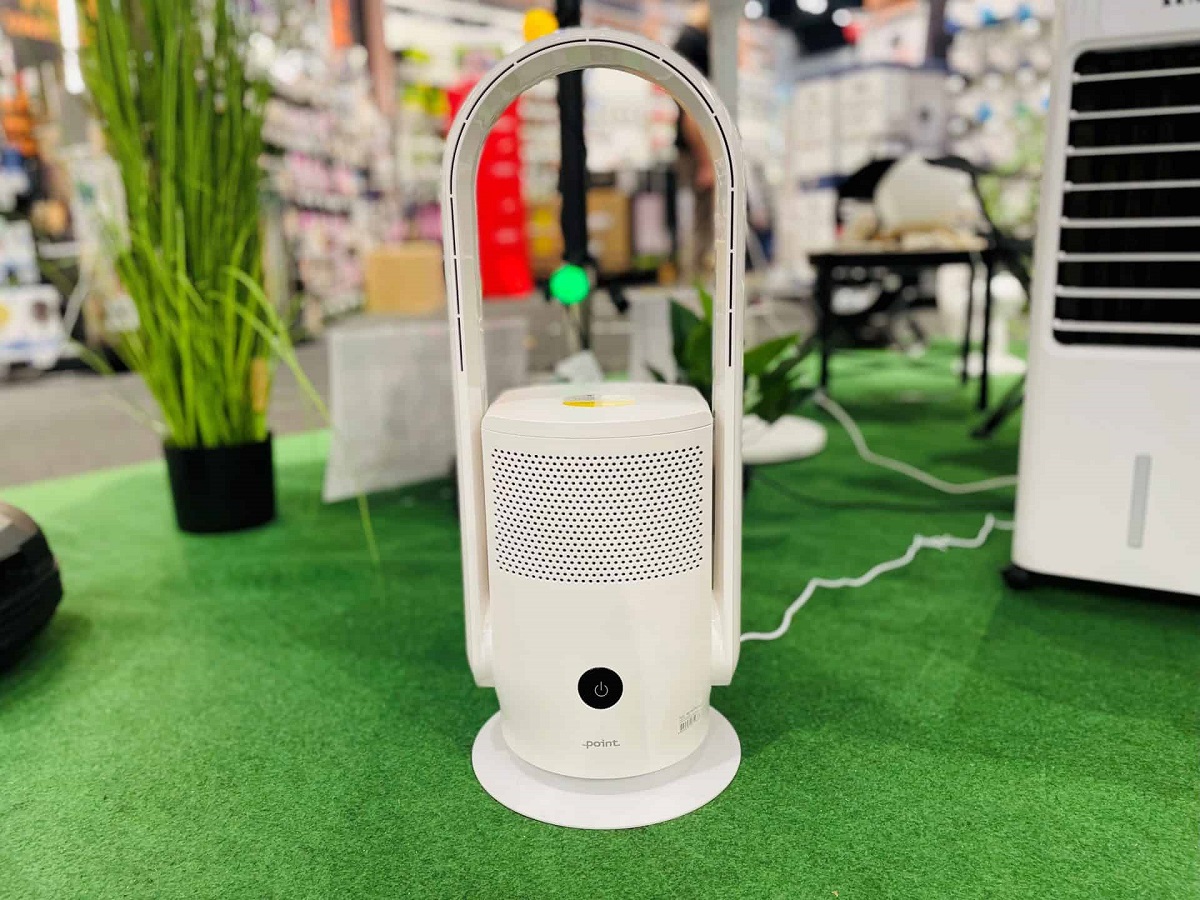
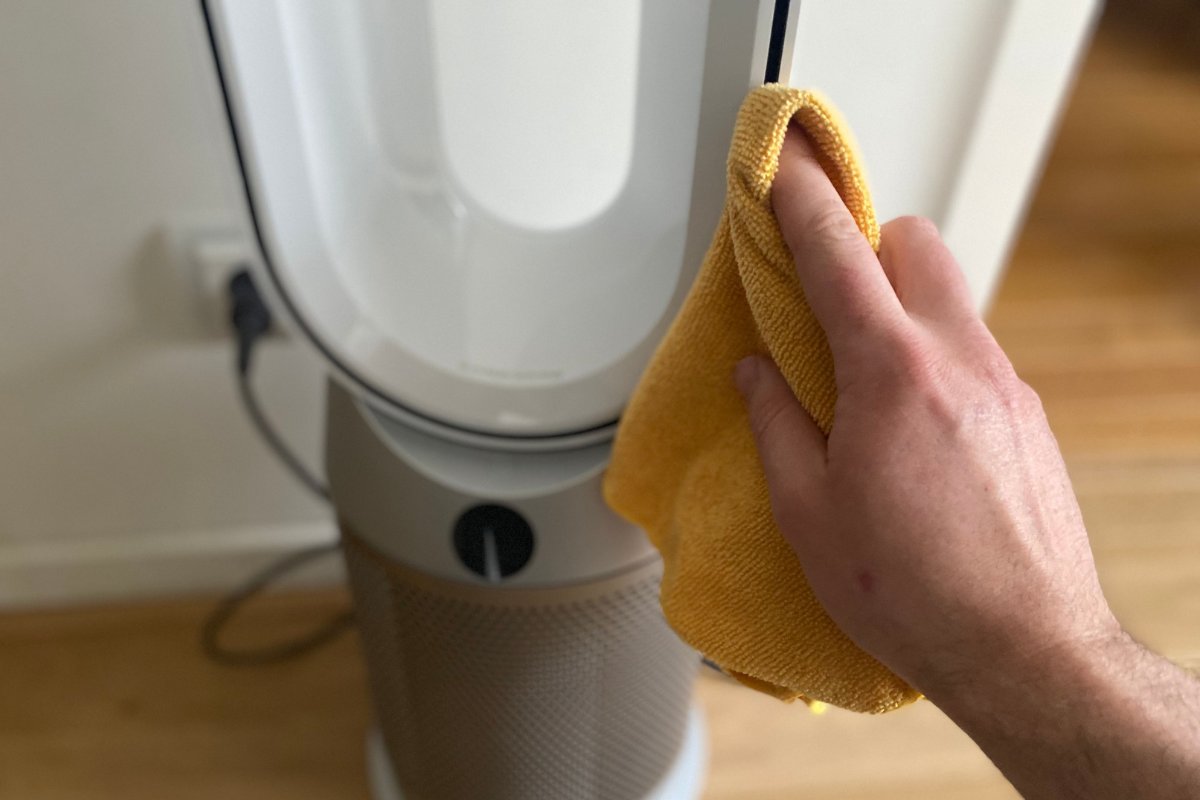

0 thoughts on “What Is An Ionizer Air Purifier”